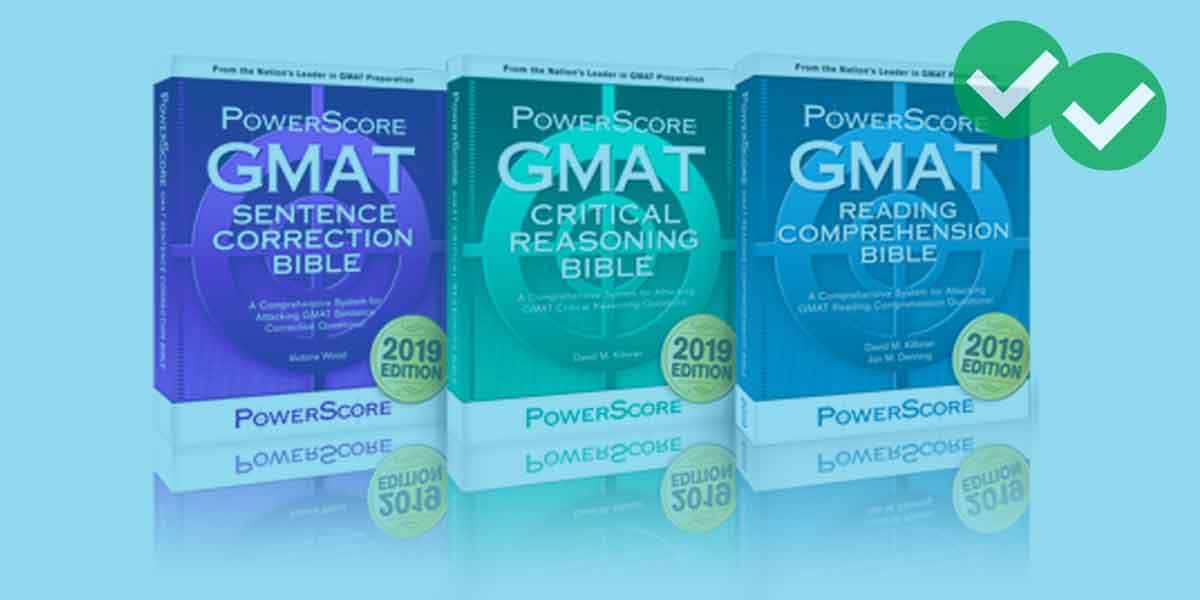
What is GMAT critical reasoning?
GMAT Critical Reasoning is one of the three question types found in the GMAT Verbal section. All CR questions contain a prompt (usually 100 words or fewer) that presents some sort of argument, which is followed by a question stem and 5 answer choices. The questions revolve around a logical analysis of the core argument and might involve strengthening it, weakening it, finding its underlying assumption, etc. You’ll find around 13 Critical Reasoning questions in the GMAT Verbal section. GMAT Critical Reasoning tests your critical thinking and logic skills more than your reading skills.
Logical reasoning is also one of the most important skills in the business world. Whether it is to decide if one strategy is better than another or what motivates your customers to continue buying from you, or to understand what concerns your company’s investors or to make effective sales pitches, well presented and logical arguments is the bedrock of a successful business manager. An effective manager has to be skilled at deciding: How would I strengthen or weaken this argument? What is the assumption of this argument? What further evidence would I need to evaluate this argument? In other words, a real-life manager needs to apply all the skills required for Critical Reasoning on the GMAT. Arguments are very important in business, and the skill of evaluating arguments is one that every manager should cultivate. That’s precisely why business schools want you to bone up on it and why the GMAT asks about it in Critical Reasoning questions.
The 8 Critical Reasoning Question Types
Every CR question on the GMAT will contain a short argument which is usually composed of 2 key parts – a premise and a conclusion. To do well on the GMAT CR, it is essential to identify and understand both of these components well. But before going into detail about the argument and sharing tips on how to crack CR questions, it is important to know the types of CR questions asked in the GMAT exam. The eight broad categories of GMAT Critical Reasoning questions are:
1) weaken the argument/find the flaw in the argument
2) strengthen the argument
3) find the assumption
4) draw inference/conclusion
5) structure of the argument, including boldface structure questions and dialogue structure questions
6) paradox
7) evaluate the conclusion
8 ) complete the argument
Types #1-4 account for approximately 75% of all GMAT CR questions. You can find out more about each one of these types in the linked blog articles or practice the various CR questions types here.
Top Tips for Improving in GMAT Critical Reasoning
Tip #1 – Read the Question First!
Step one of the general strategy for GMAT Critical Reasoning is: Read the question stem before reading the argument. Know which type of question you are going to have to answer, and read the argument with that question in mind. The basic idea is: when you know what you need to do, you will be reading the argument with that in mind.
Example: While most CR arguments will contain a conclusion and premises, some peculiar problem types like ‘complete the argument’ or ‘draw the conclusion’ might not have both. The ‘draw a conclusion’ questions definitely won’t have any conclusion in the argument. If you read the argument without looking at the question stem, you might waste time searching for a conclusion that isn’t there.
Therefore, read the question to understand exactly what is asked of you and approach a given problem accordingly.
Tip # 2 – Find that Unstated Assumption
Once you have identified exactly what the conclusion and the premise of the argument are, it is important to think about the underlying assumption holding the argument together. Our job is never to question the facts of the argument but to find that unstated assumption and question that gap between the facts and the conclusion. Ask yourself: What did the author need to be true in order to reach the conclusion?
In reality, every argument has three key components:
- A premise, which is the facts or reasons that form the foundation of the argument;
- A conclusion, which is usually the message of the argument and supported by the premise.
- An assumption, which is usually not stated in the argument but must be true for the conclusion to be valid. In other words, if the assumption is found to be false, the entire argument will fall apart.
If you have a mathematical bent of mind, think of these components through the following equation:
Premise + (Unstated) Assumption + (extra context/background info) = Conclusion
To become good at solving CR questions, it is important to become good at analyzing the argument and identifying all these components of the argument. You can find more details regarding assumption questions here.
Tip #3 – Know What You’re Looking For Beforehand
In all Critical Reasoning questions, the GMAT gives one correct answer and four tempting and potentially confusing statements for the other choices. Folks who read the argument & question and then wander aimlessly into the answer choices without any further thought are asking to be perplexed, and, chances are, they spend much longer than necessary on many Critical Reasoning questions.
Go into the question with an idea of what you seek. For types #1-3, the best thing to do is to find the assumption of the argument — reaffirming or undercutting the assumption of an argument is the most powerful way to strengthen or weaken it. Finding the assumption may also be helpful in finding the flaw of the argument (if the flaw is a faulty assumption).
For the other question types, you will be less able to predict what the answer will be; still, formulating the task in your own words will help you. In your own words, what is the structure of the argument? What is the paradox that needs to be resolved? What kind of information would be required to evaluate the conclusion? etc. The more clearly you understand what type of information or argument will satisfy the question, the more quickly you will find it.
Tip #4: Read EXACTLY what is written
The majority of mistakes in the critical reasoning section often boil down to the same fundamental error that students make: misreading the argument, question stem, or one of the choices.
It is extremely important to take your time, stay engaged with the argument and read EXACTLY what is written without trying to paraphrase it. A single word can change the meaning of the conclusion or what piece of information can make that conclusion invalid. It might seem beneficial to simplify certain details or ignore certain modifiers that seem like ‘extra’ information for the argument. Reading carefully and noticing every modifier or extra information in the passage is the best way to avoid mistakes on GMAT.
Tip #5: Look for Four Wrong Answers, Not the Correct One.
Almost all Critical Reasoning questions will have at least a couple of choices that are clearly incorrect. When struggling through the confusing options, your focus should be to first find those low fruits and eliminate them. In the first pass, only eliminate the option choices that you are completely sure are incorrect. You can always go through the options again and iteratively make eliminations to find four incorrect choices. This will also allow you to “narrow the field” and focus on the more difficult or confusing choices that require slightly more focus and attention. Once you have done that, the last remaining choice, no matter how confusing or how strange, has to be the correct answer.
Critical Reasoning questions challenge your thinking skills and ability to critically analyze arguments. They need great attention to detail and are immune to most shortcuts or gimmicks. Follow the above discussed tips to understand what is tested in these questions and master the GMAT CR.






Leave a Reply